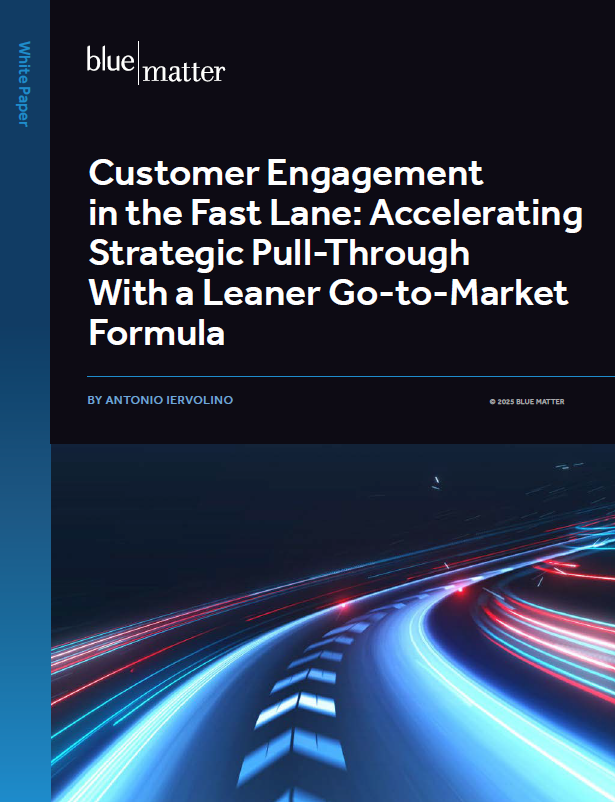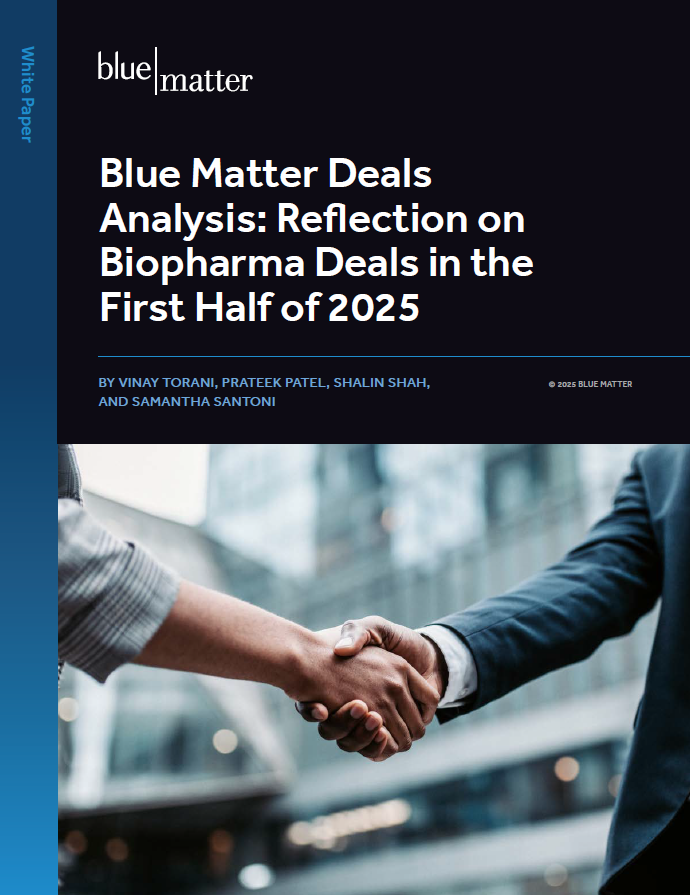
At some point in its development, any growth-minded non-European biopharma company will look to Europe as a possible source of new opportunity. Europe is attractive for various reasons, including its large population, high per-capita spend on healthcare, and vast market potential.
But successfully entering Europe is a complex undertaking, and biopharma companies need to know how to safely navigate the process. The stakes are high, and there are many pitfalls to avoid. In this ongoing series of articles, we are outlining the 12 most common pitfalls that biopharma companies experience as they enter European markets:
- Not knowing what it takes to “go it alone” across Europe
- Not realizing Europe may have its own clinical endpoints in mind
- Missing the opportunity of conditional marketing authorization
- Believing EMA marketing authorization = patient access
- Thinking your list price won’t cross borders
- Missing the mark with local health technology assessment (HTA)
- Not making the right European connections
- Failing to realize that EAPs can boost…or bite
- Missing a promotable label
- Building like big pharma when you’re not
- Using individual preferences vs analysis to select HQ location
- Caring too late about your infrastructure
In this installment, we address pitfall #4.
Pitfall #4 – Believing EMA marketing authorization = patient access
Why It’s Important
In the US, FDA approval is essentially interchangeable with broad reimbursement. If a product is FDA approved, then Medicare / Medicaid and private insurance coverage will naturally follow. In the EU, regulatory approval and reimbursement are more stepwise and decoupled.
The EU equivalent of the FDA, the European Medicines Agency (EMA), is responsible for evaluating the efficacy and safety of medicinal products. The EMA’s Committee for Medicinal Products for Human Use (CHMP) is specifically responsible for pharmaceuticals. CHMP makes a recommendation and then passes it on to the European Commission (EC), which makes the final decision on whether a product can be marketed. However, a marketing authorization does not grant a product reimbursed access to patients.
Each country has individual requirements for reimbursement, with independent Health Technology Assessments (HTAs) being used to support decision-making. If the submitted data package does not support a positive decision from each country’s HTA, then a product is at risk of partial reimbursement or even no reimbursement at all.
Next to the requirements outlined in pitfall #2 related to meeting efficacy and safety requirements, manufacturers need to think carefully about the endpoints and evidence that will be relevant to payers. For example, there have been cases when pharma companies have designed late-stage clinical trials that used comparators that were not relevant for key European markets. Or, they failed to look ahead and by the date of launch, the original comparator was not appropriate because the standard of care had changed.
Such errors can cause a therapy to be less favorably assessed during HTAs, with decision-makers seeing the therapy as representing “no clinical improvement.” In these cases, subsequent pricing negotiations will be negatively impacted (or perhaps fail altogether), and products can ultimately be pulled from otherwise lucrative markets.
Other requirements that can be crucial to patient access in Europe are often neglected during pivotal trial design. These can include the collection of patient reported outcomes and / or planning for real word data generation post-approval to close existing data gaps.
Avoiding It
The good news is that if a company has been proactively addressing the other pitfalls we’ve described, then it will already be on track to successfully generate and communicate data supporting each country’s reimbursement decision.
To give a product the best opportunity for regulatory approval and marketing authorization, as well as reimbursement, it is important to:
- Engage payers and other key stakeholders early—during clinical trial design—to ensure that the comparators and endpoints will enable future HTA decisions.
- Be mindful that each country has its own HTA, so key markets will need individual attention.
- Incorporate regional and local expectations for value and evidence generation (e.g., standard of care as comparator, local standards on measuring outcomes).
Coming Next
Even with successful regulatory approval, marketing authorization, and reimbursement, a company still cannot assume that it’s free to set and negotiate a favorable price within each EU country independent of its neighbors. In our next article, we discuss Pitfall #5: Thinking Your List Price Won’t Cross Borders.






